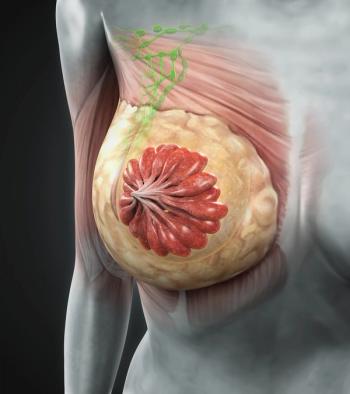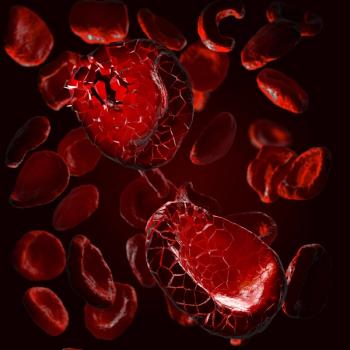
Searching for Synergy in Liver-Dominant Neuroendocrine Tumors
The addition of radioembolization to radiosensitizing chemotherapy may help concurrently treat patients with liver tumors and disease outside the liver.
The addition of radioembolization to a combination of capecitabine (Xeloda) and temozolomide (Temodar) as radiosensitizing chemotherapy may improve efficacy outcomes for patients with liver-dominant neuroendocrine tumors (NETs), according to Michael C. Soulen, MD.
Soulen, director of interventional oncology at the Abramson Cancer Center at the University of Pennsylvania in Philadelphia, spoke with CancerNetwork® at the 2025 North American Neuroendocrine Tumor Society Multidisciplinary NET Medical Symposium about a presentation he gave on the phase 2 CapTemY90 trial (NCT04339036).1,2 Providing some background for the trial, he initially explained that embolization-based combinations have been used for liver-dominant NETs for over 50 years.
Soulen then expressed that although these combinations are effective and durable enough on their own, a need to enhance treatment outcomes persists. To that end, he outlined considerations for combination therapies, suggesting that, at worst, combinations could be wasted as opposed to sequencing therapies. At best, however, treatments could function synergistically and deliver outcomes that are greater than the sum of their parts.
In this trial, he explained, his team evaluated radioembolization with radiosensitizing chemotherapy, which is already a standard combination therapy for NETs, to attempt to achieve that treatment synergy. He concluded by highlighting that this combination may help treat the primary tumor and metastases concurrently, which would help those with more aggressive liver-dominant NET histologies.
Transcript:
We have been doing [liver-directed therapy] for patients with liver-dominant NETs for 50 years. Those treatments are typically either bland embolization, chemoembolization, or radioembolization, all of which are reasonably effective and reasonably durable. But we are always looking for ways to make them better, either make them [with a] higher response rate or more durable. A very logical thing to do would be to combine our interventional therapies with a drug or a systemic therapy, where the goal is synergy.
The problem of combining 2 therapies at once is you are firing 2 bullets. That could be bad for the patient in the sense that you essentially expended one more bullet than you needed and used a therapy that may have benefited them later in life if you do them sequentially. When you combine 2 things, the most likely outcome is you wasted one of them, in part. They could be additive, meaning that you get the benefit of both at the same time, which would be OK, but the Holy Grail is synergy. Something where you combine them and they are better than the sum of the parts.
In this particular trial, we were looking at radioembolization, a technique where we instill millions of little radioactive seeds into the liver that get embedded in the tumor. They radiate the tumor from the inside out. Radiation oncologists, for years, have been doing what they call radiosensitizing chemotherapy. If you are doing radiation therapy for your brain tumors, gastrointestinal tumors, [or] any kind of tumor, they almost always give a chemotherapy drug such as capecitabine or temozolomide, which are known to make radiation work better.
Capecitabine and temozolomide are a standard combination therapy in NETs. The idea of combining that with radioembolization evolved very organically out of our tumor board. We had patients who had liver metastases, but they also had disease outside the liver that the medical oncologist wanted to treat. They had a more aggressive histology—maybe a high grade 2 or something where we were worried—where I wanted to treat the liver [and] the medical oncologist wanted to treat everything else. We said, “Well, why don’t we do it together?”
References
- Soulen MC, Iyer R, Berman Z, Chauhan A, Thornton L. Multicenter phase 2 trial of yttrium-90 radioembolization with capecitabine-temozolomide for grade 2 liver-dominant metastatic neuroendocrine tumors: interim report. Abstract presented at: 2025 North American Neuroendocrine Tumor Society Multidisciplinary NET Medical Symposium; October 23-25, 2025; Austin, TX. Abstract 33445.
- CapTemY90 for grade 2/3 NET liver metastases (CapTemY90). ClinicalTrials.gov. Updated September 5, 2025. Accessed November 4, 2025. https://tinyurl.com/5euyvtu4
Newsletter
Stay up to date on recent advances in the multidisciplinary approach to cancer.





















































































